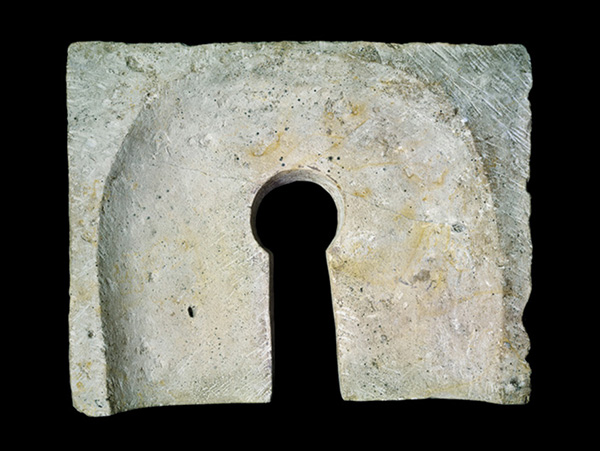
A. Roman key hole
B. Mycenaean mask
C. Egyptian toilet seat
D. Byzantine molding
E. Crusader window frame
Answer: (C) Egyptian toilet seat
Dating to the 14th century B.C.E., this toilet seat hails from the site of Tell el-Amarna in Egypt. Made from a slab of limestone, the seat measures 21.6 by 17.7 inches. While the bottom of the seat is rough, its surface is smoothed and carved in a concave U-shape with a hole incised in the middle. A wide slot connects this hole to the front of the seat. Gypsum plaster was used to secure the seat to mudbrick walls below.
The seat was discovered in a house (T35.22) at el-Amarna. Despite its mundane nature, this discovery is quite uncommon.a A few wooden toilet frames from other sites have also survived. If the majority of toilet seats were made of wood, which does not preserve well, this might explain why so few have survived.
Already a library member? Log in here.
Institution user? Log in with your IP address.

